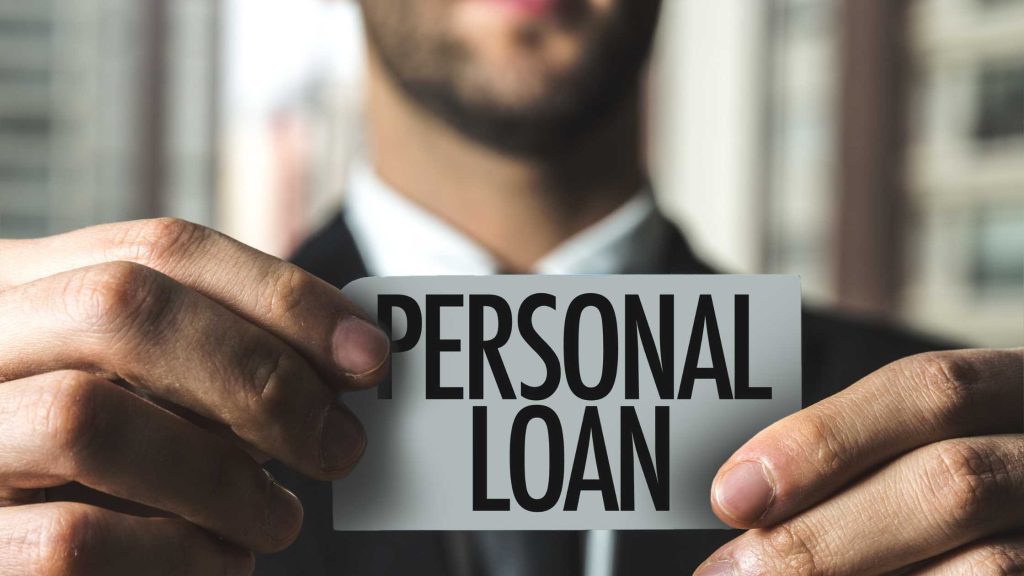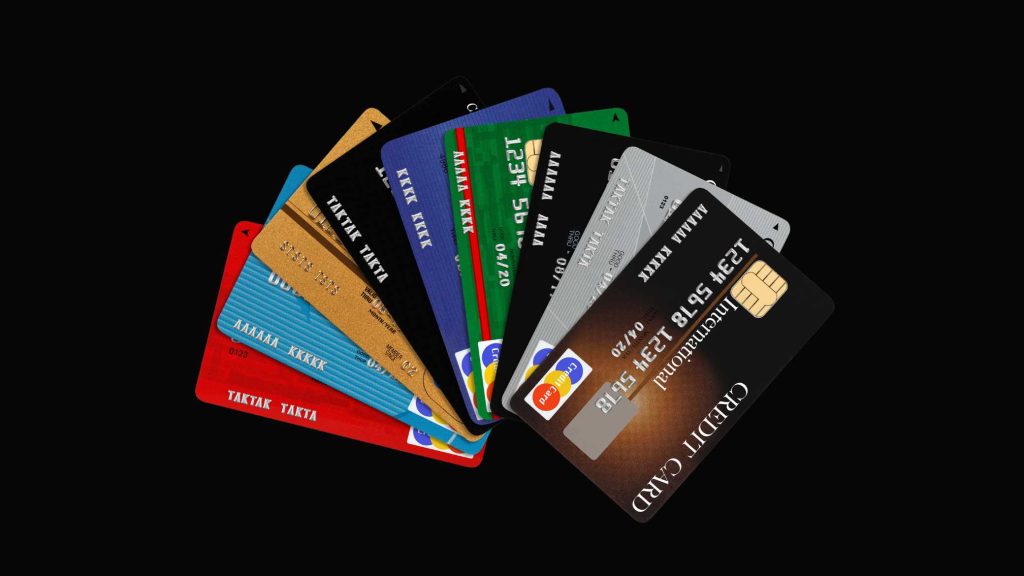8 Ways to Secure Emergency Funds: A Comprehensive Guide for Those in Need
Ways to Secure Emergency Funds : Life often resembles a tightrope walk, where balance is crucial, and unforeseen challenges can emerge at any time. From unexpected medical emergencies and children’s education expenses to urgent car repairs or unforeseen home construction, financial demands often strike when least expected. In such situations, having access to emergency funds can be a lifesaver.
Table of Contents
This essay outlines eight practical methods to secure funds during emergencies, especially for those who may not have significant savings.
1. Personal Loans

Personal loans are one of the most accessible options for those in need of immediate funds. These loans are typically granted by banks or financial institutions based on an individual’s credit history and repayment capacity. Unlike earlier practices, personal loans today can be processed digitally, making them faster and more convenient.
Also Read : Wedding Loan : Everything You Need to Know About Personal Wedding Loans
The funds are often credited to the borrower’s account within minutes or hours. With low processing fees and competitive interest rates starting from as low as 12%, personal loans are an efficient way to meet emergency financial needs. Almost all banks and non-banking financial institutions (NBFCs) offer this facility. By simply providing personal details, completing KYC verification, and choosing a suitable repayment plan, individuals can secure funds quickly.
2. Borrowing from Friends or Family
One of the oldest and most straightforward methods to address financial needs is borrowing from close friends or family members. This approach is often preferred because it usually comes with no interest. However, it is essential to approach someone trustworthy and close to you. Asking for money from acquaintances or distant relatives may lead to misunderstandings or strained relationships.
Moreover, if you borrow from loved ones, ensure timely repayment. This not only maintains trust but also keeps the door open for future assistance, if needed.
3. Credit Cards
Credit cards serve as a reliable financial tool during emergencies. They are particularly useful for situations requiring immediate payments, such as medical expenses, grocery purchases, or essential services. Depending on the customer’s creditworthiness and assets, credit cards in India offer limits ranging from ₹40,000 to ₹1.5 lakh or more.
However, it is essential to use credit cards judiciously. While they are excellent for merchant-related payments, they may not fully address hard cash requirements due to restrictions on ATM withdrawals. For planned expenses, credit cards are an effective solution when managed responsibly.
4. Cash Advance from Credit Cards
A cash advance is another way to access funds through a credit card. This facility allows users to withdraw money directly from ATMs using their credit cards. However, it is important to note that interest on cash advances begins accruing from the moment the withdrawal is made.
Due to the high-interest rates associated with this option, cash advances should be repaid promptly. This method is best suited for short-term financial needs where immediate liquidity is crucial.
4. Cash Advance from Credit Cards

A cash advance is another way to access funds through a credit card. This facility allows users to withdraw money directly from ATMs using their credit cards. However, it is important to note that interest on cash advances begins accruing from the moment the withdrawal is made.
Due to the high-interest rates associated with this option, cash advances should be repaid promptly. This method is best suited for short-term financial needs where immediate liquidity is crucial.
5. Emergency Fund Savings
Building an emergency fund is one of the most proactive ways to prepare for financial crises. By setting aside a small amount regularly—either monthly or daily—you can create a safety net for unforeseen expenses such as hospital bills or educational costs.
The greatest advantage of having an emergency fund is independence. You won’t need to borrow money or pay high-interest rates, and you can access the funds immediately when required. Developing this habit ensures long-term financial stability.
6. EPF Advances
For salaried employees, the Employees’ Provident Fund (EPF) offers a valuable source of emergency funds. Employees can withdraw money from their EPF accounts for specific purposes such as medical expenses or wedding-related costs.
The most significant benefit of this option is that EPF advances are interest-free. However, withdrawals are subject to certain conditions and limits based on the account balance and the nature of the emergency.
7. Loan Against Property
If you own property, you can consider taking a loan against it. This option is particularly beneficial for obtaining a secured loan with lower interest rates compared to unsecured options.
Loans against property allow individuals to leverage their assets without selling them. The loan amount is determined by the property’s market value, and repayment can be spread over an extended period. This method is suitable for those who need substantial funds and are confident in their repayment capacity.
8. Overdraft Facility
An overdraft facility is a type of advance offered by banks based on a customer’s fixed deposits, salary, or transaction history. This facility allows individuals to withdraw more money than their account balance, up to a pre-approved limit.
Interest is charged only on the amount withdrawn, making it a cost-effective option for short-term needs. However, overdraft facilities are typically granted to individuals or businesses with a proven repayment track record.
The Importance of Emergency Funds
Life is unpredictable, and financial needs can arise unexpectedly. Building and maintaining an emergency fund is one of the best ways to safeguard yourself against such situations. An emergency fund can take various forms—cash, credit cards, or even investments in Systematic Investment Plans (SIPs).
How to Build an Emergency Fund
- Start Small: Begin by contributing a fixed amount to an emergency fund every month. SIPs are an excellent way to grow this fund while earning returns.
- Open a Separate Account: Maintain a dedicated savings account for emergency funds to avoid using them for regular expenses.
- Transfer SIP Returns: Transfer profits from SIPs into the emergency fund account each month to ensure consistent growth.
- Utilize Insurance: Invest in health and life insurance to reduce out-of-pocket expenses during emergencies.
- Replenish the Fund: Whenever you use the emergency fund, make it a priority to replenish it as soon as possible.
Ways to Secure Emergency Funds – Conclusion :

Financial emergencies can strike anyone at any time, often leaving individuals feeling vulnerable and uncertain. However, by exploring options like personal loans, credit cards, and emergency funds, you can navigate such challenges with confidence. Establishing and maintaining an emergency fund is the cornerstone of financial preparedness, offering both peace of mind and stability during times of need.
Buy Now : Ecommerce Website With 100 Products
In the face of life’s uncertainties, proactive financial planning is your best ally. Take small steps today to secure your tomorrow.



